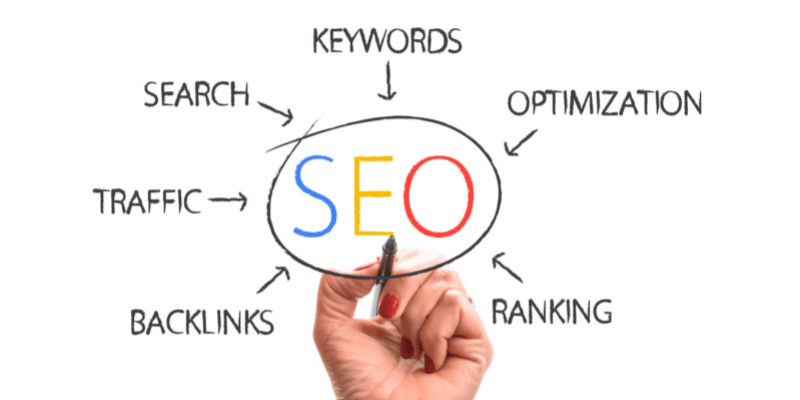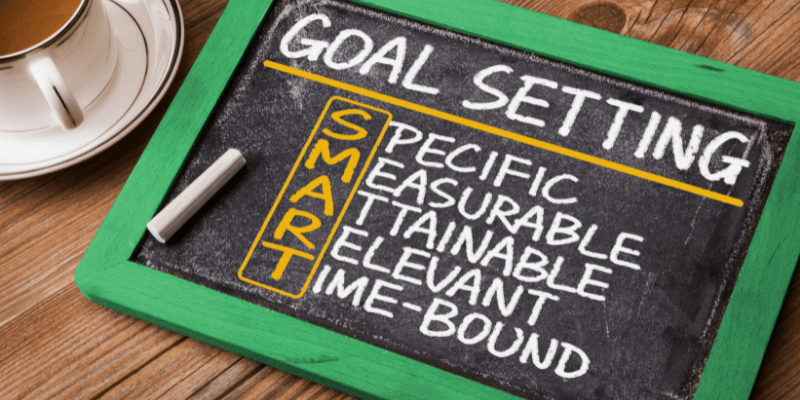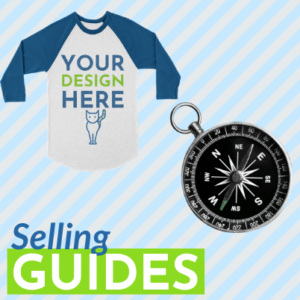How to Fire Up Your Marketing Engine
Just like a vehicle, your ecommerce business also has moving parts that all work together to keep it going & moving forward. Think of your marketing efforts as an engine that helps elevate your brand & move your business forward to generate positive results. But how do you fire it up & keep that marketing engine revving?
Step 1 – Analysis
The first step in getting your marketing supercharged is internal analysis. You need to take stock of the current situation of your business. How much traffic are you getting, & how are sales converting? Check your Google or Shopify Analytics & study your results. If you’re not gaining traction, it’s time to optimize your digital presence. Inconsistent results are also a sign you’re not doing enough of what’s working. Look for those traffic spikes & sales to see which promotions worked.

Your internal analysis should also include the seven most important points of your internal digital situation:
Website
What’s fueling your online presence? Are you selling on WordPress, Etsy, or Shopify? Each has its own best marketing practices. For example, Etsy offers an ad program & an internal algorithm for products to get seen. WordPress features powerful SEO tools & plugins like Yoast that can help optimize your marketing efforts. And Shopify offers hundreds of plugins & tools for cross-selling & organizing your store to run efficiently.
Here’s the truth. Not all marketing strategies will work across multiple platforms. Study up on resources & best practices for your unique selling platform.
Blog
Your ecommerce blog is an opportunity to tap into the power of content marketing. Choosing the right keywords & surveying your audience on what they want to read about can help shape your content. If you’re brand new to ecommerce blogging, create valuable DIY tutorials, create case studies around your product, & launch a video series about your products.
SEO
Ranking on the first page of Google is the goal for most ecommerce store owners & anyone with a web presence. You may not rank for every keyword you want, but you should be ranking for a handful of search times highly relevant to your business.

Social Media
Some online entrepreneurs run their entire marketing efforts & sales through social media. But are you diluting your efforts or zeroing in on platforms that work for your business, whether that’s Instagram or Pinterest. Make sure your social media is updated daily, & make it your goal to become an expert. What is the engagement rate of your posts? Which content works best for your business?
Email Marketing
Email marketing is a promising marketing strategy for most online businesses. Research shows that the average email open rate is 21%. However, the average open rate for a welcome email is 82%. Understanding how to use your email list & how to optimize it for results could lead to a flood of conversions & increased sales.
Digital Advertising
Organic reach isn’t everything when it comes to ecommerce selling. Choose your favorite platform & built-in metric tools to run ads for your business. Adwords, Facebook Ads, Twitter Ads, & LinkedIn Ads are a few places to start.
Web Analytics
You can create a rock-solid marketing strategy, but you won’t know how your business is performing without your web analytics. What is the average visitor traffic? Which pages are the most visited? The number of conversions? What is the time-on-page?

External Analysis
Now that we’ve dug into Internal Analysis, it’s time to focus on External Analysis. The first step is thoroughly researching your target market & sector you’re in, as well as emerging trends.
Knowing whether you’re competing in a mature or emerging market will determine what you will do next. A mature market indicates there is a lot of competition, while an emerging market has little competition.
Most ecommerce sellers know identifying their target audiences helps refine their marketing engine & approach. But in some cases, there may be several target audiences. For example, maybe you sell both men’s & women’s clothing to people over 50). Creating a profile of your ideal clients based on their interests, behaviors, concerns, & demographics further refines your marketing approach.
You can simplify the external analysis process by researching your most direct competition. Study up on their digital presence, content strategy, how they engage with their social media audience, & any other clues to their online presence that gives you insights into what they’re doing right & what you could do better.
Step 2 – Objectives
An effective marketing strategy requires focused objectives to help shape your results. Measuring the return of investment (ROI) of your strategy is also necessary to define specific, SMART objectives: Specific, Measurable, Achievable, Relevant, & Time-Bound.
Here are a few of the different types of objectives that you can define in your marketing strategy:
Branding: Promote your business & the services or products you sell.
SEO: Optimize web positioning & increase organic traffic.
Leads: Generate a database with potential clients to build a relationship via email marketing.
Sales: Increase the purchases of your products or the contracting of your services.
Retention & loyalty: strengthen your relationship with customers through exclusive promotions.
Choose 3 or 4 SMART objectives for your marketing strategy. Here are a few examples:
- Increase visitor traffic by 20% in 6 months.
- Reduce the bounce rate by 10% in 3 months.
- Increase qualified lead conversions by 30% in 4 months.
- Get up to 45% open rate in email marketing in 6 months.
- Boost sales of your online store by 15% in 6 months.
Step 3 – Strategies & Tactics
Now that you have your objectives defined, you need a strategy and action plan to get there. How are you going to execute on those strategies & meet your goals?
Objective 1: Improve organic web positioning
– Strategy: create a corporate blog / optimize blog content.
– Tactic: publishing educational articles / updating old content.
Objective 2: Generate more qualified leads
– Strategy: design a landing page.
– Tactic: Create a free webinar or ebook.
Objective 3: Reduce cart abandonment
– Strategy: improve the user experience.
– Tactic: analyze the order form.
Objective 4: Increase the visibility of the company
– Strategy: Create a Facebook page and YouTube channel
– Tactic: Launch educational content and tutorial videos.

Step 4 – Action
How will you execute those marketing objectives? It’s necessary to design an action plan that determines what, how, when, where, & to whom you perform your actions.
The action plan must contain each step for your strategy to help meet your objectives. As a general rule of thumb, action planning should be done for six months (minimum) or 12 months (recommended).
Step 5 – Measure, Measure, Measure
An action plan also needs a way to measure the results & ROI. Keeping track of metrics isn’t very exciting, but you’ll be wasting time & money if you don’t do it.
To check if you are meeting expectations, you should make a monthly report with the main metrics or KPIs. Keep track of metrics to correct what doesn’t work & repeat what does.

Get Creative: Add More Fuel with Promotional Items
Promotional items make it easier for people to remember your business and your message and leave a positive impression. It’s also a way to show off your brand offline when your customers wear your T-shirts or use your coffee mugs.
You also don’t need to know how to customize white-label products to represent your brand. CustomCat offers print-on-demand services so you can easily create high-quality, branded products in no time.
Want to know more about using CustomCat to supercharge your ecommerce store & earn more?
POD for Promo Products with CustomCat
How to Get Started with CustomCat
Next Steps
Firing up your marketing engine for your ecommerce store isn’t a set it & forget it event. Just like your vehicle, it takes time & care to optimize your engine for success. What about you? What are your favorite marketing strategies? Let us know by leaving a comment below!




One thought on “How to Fire Up Your Marketing Engine”